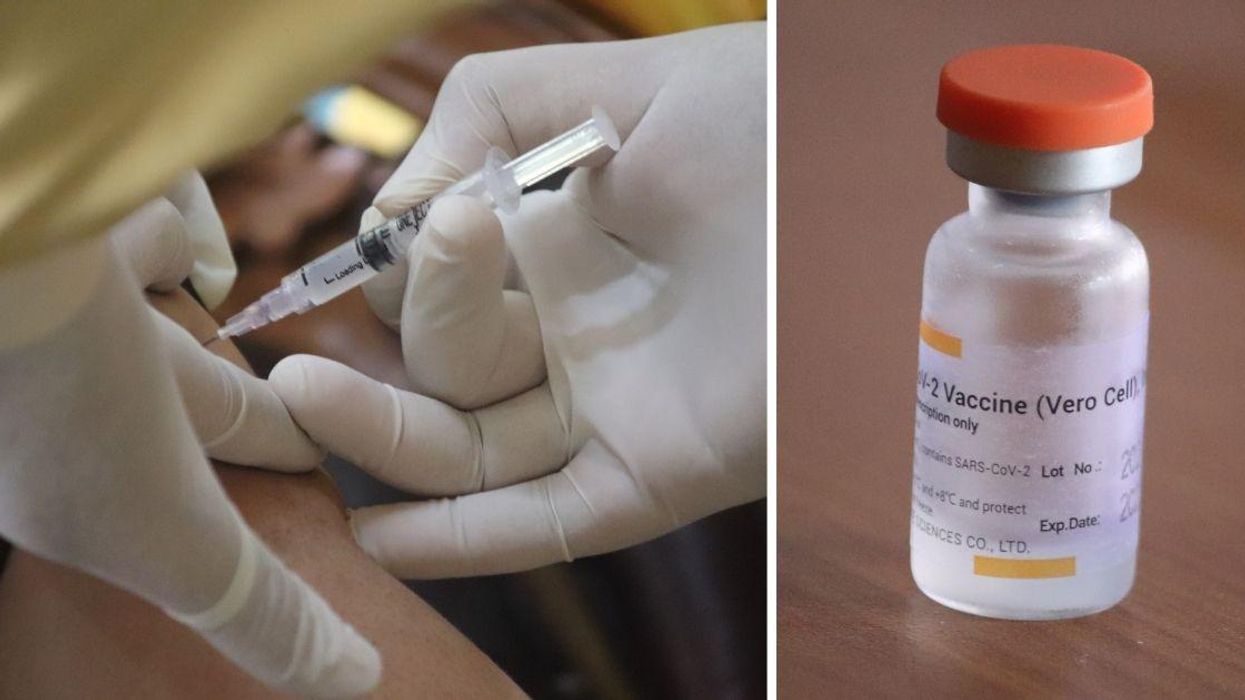
As the U.S. ramps up its vaccine production and distribution, misinformation and myths about the vaccines are ramping up as well. There are the whackadoodle conspiracy theories, of course, but there’s also a lot of genuine confusion out there. Some confusion is due to the constant deluge of rapidly evolving (and sometimes changing) information, some of it’s due to how scientists communicate what they know and don’t know, and some of it is because people don’t know who to trust for reliable information.
For example, some of the myths below originated from people with “Dr.” before their names. And there will assuredly be people in the comments sharing screenshots and Bitchute links to talks from scientists, doctors, and nurses who have been booted from social media for spreading misinformation. It’s an epidemic at this point.
While an individual’s credentials matter, they’re not enough to make someone a trustworthy source of information. There are people with multiple degrees from elite institutions who are steeped in conspiracy thinking, addicted to attention, grifting for profit, or just genuinely kooky. Scientific skepticism is healthy, to a point. But if a medical professional makes a claim and 100 medical professionals refute it, the majority consensus is the logical way to go. (I know, I know. Galileo. But we aren’t living in the 17th century anymore and discredited findings are a real thing.)
Rather than relying on individual doctors or scientists, I look to well-respected medical institutions and professional medical associations for the most accurate information. That’s where most of the information here comes from. Everything in blue text is a link to a source, which I recommend clicking and reading.
This list is by no means exhaustive. And I’m not even going to address the super whackadoodle stuff. If you really think Bill Gates is injecting you with a microchip, or that these vaccines have anything to do with 5G or the mark of the beast, facts probably aren’t going to help you.
That said, here we go:
MYTH #1: “The vaccine isn’t really a vaccine.”
This myth appears to trace back to a man named Dr. David E. Martin who said this on a podcast. He’s not a medical doctor; he’s CEO of a financial analyst firm. He doesn’t specify what his Ph.D. is in, but it’s clearly not in any field related to immunology.
According to the CDC, a vaccine is “a product that stimulates a person’s immune system to produce immunity to a specific disease, protecting the person from that disease.” That’s exactly what all three of the COVID vaccines in use in the U.S. do. The mRNA vaccines do so with a different mechanism than traditional vaccines, but the basic premise—getting the immune system to produce immunity to a specific disease—still stands. That’s why every professional medical institution uses the word “vaccine” to describe these injections.
MYTH #2: “The mRNA vaccine is gene therapy” and/or “The mRNA vaccine changes your DNA.”
No, it’s not gene therapy and it does nothing to your DNA. mRNA doesn’t go inside your cells, where your genes actually exist. “Unlike gene editing and gene therapy, mRNA technology does not change the genetic information of the cell, and is intended to be short-acting,” reads the Moderna website. In fact, mRNA research was launched decades ago as an alternative to DNA-based gene therapy, precisely because it doesn’t change your DNA.
Though super simplistic, this video depicting how mRNA vaccines work earned high praise from immunologists for showing what the vaccine is actually doing in your body. The mRNA goes in, gives your body instructions for making the spike protein that exists on the outside of the coronavirus, prompting your immune system to create the weapons needed to destroy it. The mRNA itself gets destroyed by your own body shortly thereafter. No genes altered. No genetic material left in you. Just nice, shiny immunity.
MYTH #3: “The vaccines were rushed and haven’t been around long enough to know they’re safe.”
Yes, these are new vaccines. Yes, they went through the development and testing processes in record time. It’s understandable that people would be hesitant for this reason. But there are two issues at play here.
1) People are assuming that fast = rushed = skipped steps. But does the evidence bear that out? No. The University of Nebraska Medical Center has a well-laid-out, concise explanation of the various phases of normal vaccine development and how they were able to safely speed them up with these vaccines. (In a long nutshell, our knowledge about vaccines, decades of mRNA research, a decade of mRNA vaccine research specifically, and base knowledge about coronaviruses gave us a solid foundation to start from. Then, having thousands of volunteers sign up quickly, building facilities ahead of time, combining phases—which is not the same as cutting corners—having enough viral spread to get the necessary results quickly, and having all hands on deck at every level combined to give us these vaccines in record time.)
Do we know the long-term effects of the vaccines? No. Is there any scientific or biological reason to anticipate that there will be any, based on the decades of research we have under our belts? No.
2) The risk ratio heavily favors the vaccine, even without long-term data.
One thing people don’t seem to realize is that these vaccines have been around almost as long as the virus itself has—just a few months less. (The first Moderna vaccines were injected into trial volunteers on 3/16/20—over a year ago.) So we’ve had almost the same amount of time to observe the effects of both.
We know the risks with COVID are real, both short-term and long-term. Obviously, death is a big one. Severe illness is another. But even recovered people who initially had mild symptoms can have ongoing health problems. Some people with more severe COVID may have permanent organ damage. And those are just the health effects we know about so far.
We know that the risks with the vaccine so far are teeny tiny. More Americans have gotten the vaccine than have gotten the virus at this point, and what have we seen? A small number of severe allergic reactions, out of tens of millions of doses. Lots of expected temporary side effects shortly after injection as the body’s immune system does its thing. That’s it. And while we don’t know if there are any long-term side effects, there does not appear to be any scientific reason to believe there will be.
Everything carries some risk. The risk ratio here for the vast majority of us is clearly in favor of vaccination.
MYTH #4: “The vaccine doesn’t keep you from transmitting the virus, it just lessens symptoms.”
This myth began because scientists simply didn’t have the evidence to show whether or not the vaccine prevented infection and transmission, and they said so. But “we don’t have evidence at this point” doesn’t mean “doesn’t.” It just means there wasn’t enough data to know yet, and scientists (thankfully) try not to speculate, but rather go by what the data shows.
As of this week, we’ve seen enough real-world evidence to be able to say that yes, at least the Pfizer and Moderna vaccines do prevent infection—including asymptomatic infection—by 90%. The CDC officially announced it. That’s amazing news. Shout-it-from-the-rooftops kind of news.
VERY GOOD NEWS: Real-world evidence that the Pfizer and Moderna mRNA vaccines prevent infection, not just disease a… https://t.co/9IyQ63OFVR— Céline Gounder, MD, ScM, FIDSA (@Céline Gounder, MD, ScM, FIDSA)1617037613.0
MYTH #5: “The vaccine isn’t even approved by the FDA.”
Technically, this is true—the FDA has not approved the vaccines for licensure per their normal processes. However, the FDA has issued Emergency Use Authorization, which is the best they can do in the limited time frame of an out-of-control global pandemic. It’s not like the FDA is hesitant about these vaccines. You can go right to the FDA website and read all about their recommendations and the authorization process, including all of the documentation from the three authorized vaccines here.
MYTH #6: “The vaccine could make you infertile.”
This one’s easy. According to the American College of Obstetricians and Gynecologists: “Unfounded claims linking COVID-19 vaccines to infertility have been scientifically disproven. ACOG recommends vaccination for all eligible people who may consider future pregnancy.”
Considering the fact that OBs are the main medical professionals who actually want women to be able to get pregnant so they can continue to have a job, I trust their professional take on this.
MYTH #7: “The vaccine is messing with women’s menstruation.”
As far as menstruation goes, there is some evidence that COVID-19 infection can mess with the volume and duration of a woman’s menstrual cycle. So it’s not like there aren’t questions about how the coronavirus itself might impact your reproductive system.
There have also been some anecdotes from Israel of a small number of women reporting irregular menstrual bleeding after receiving the vaccine, which the health ministry is monitoring. However, it’s a handful of reports out of millions of vaccinations, and women’s cycles can be impacted by all kinds of things, which makes the causal connection not particularly convincing.
Which leads us to the next myth…
MYTH #8: “There are reports of people dying not long after they get the vaccine, which means they’re risky.”
It’s true that some people are going to die after they get the vaccine, but that doesn’t mean they’re dying from the vaccine. We are administering 2 to 3 million vaccine doses per day. One in 45,000 Americans die each day. Statistically, that means 40 to 60 people will die the day they get their vaccine, no matter what. And naturally, some of those deaths will be random heart attacks, brain aneurysms, and other unexpected and sudden causes of death.
“These medical events occur every single day, including unexplained illnesses,” Dr. William Schaffner, professor of medicine in the Division of Infectious Diseases at Vanderbilt University Medical Center told ABC News. “The question really is, do they occur at a greater rate in the vaccinated population than they do in the general population?”
It’s not like doctors just assume someone’s death wasn’t caused by the vaccine. They investigate it each time it happens. And so far, no evidence that the vaccines are killing people.
MYTH #9: “The virus has a 99% survival rate so a vaccine isn’t necessary.”
There are lots of percentages floating around about survival rates, but there is no official number because we don’t truly know how many people have been infected. Case fatality rates—meaning how many have died out of confirmed cases—are all over the place, ranging from 0.1% in Mongolia to 21% in Yemen. (In the U.S. it’s 1.8%. In Mexico, 9.1%. Seriously, all over the map.)
However, even if we go with a 99% survival rate estimate, that sounds low until you calculate what that would mean if every American got infected with the virus. Are we ready to see more than 3.5 million Americans die from a disease we have an effective vaccine for? That seems cruel.
Not to mention, the longer we let the virus spread, the more chance it has to mutate into more contagious and deadlier variants. Widespread vaccination is the only way we’re going to mitigate the pandemic without millions of deaths and prolonged economic and social hardship.
MYTH #10: The vaccines use aborted fetal tissue.
Here’s where we get into some confusing science, but the short answer is no. No fetal tissue is used in the making of these vaccines.
What is used are what’s called fetal cell lines, which are basically cellular descendants of fetal tissue taken from elective abortions in the 1970s. They are not fetal tissue now, and no fetal tissue is used in any of these vaccines. The North Dakota Department of Health has a clear explanation of what role fetal cell lines play in COVID-19 vaccines.
Worth noting that the famously anti-abortion U.S. Conference of Catholic Bishops has given their approval of the vaccines, stating: “receiving a COVID-19 vaccine ought to be understood as an act of charity toward the other members of our community. In this way, being vaccinated safely against COVID-19 should be considered an act of love of our neighbor and part of our moral responsibility for the common good…Given the urgency of this crisis, the lack of available alternative vaccines, and the fact that the connection between an abortion that occurred decades ago and receiving a vaccine produced today is remote, inoculation with the new COVID-19 vaccines in these circumstances can be morally justified.”
MYTH #11: “Once you’re vaccinated you can go about life as you did pre-pandemic.”
Not yet. Now at least we know that the mRNA vaccines drastically reduce transmission, which should give us some peace of mind. But drastically reduced doesn’t mean eliminated, and most Americans still aren’t vaccinated. In public, we still need to observe pandemic protocols until our numbers really drop for a while.
If you’re vaccinated and the people you’re with are vaccinated, have a ball. But around the general public, keep the distancing and the masks up for a while longer.
MYTH #12: “The vaccine will trigger autoimmune diseases in the body.”
There has been speculation about vaccines causing autoimmune diseases for many years, with no evidence to show that the concerns are founded. The same goes for the COVID vaccines. This myth may originate from a viral video from a nurse practitioner claiming that the mRNA vaccine could make the immune system attack the body, but that has been debunked by experts.
Again, I like to go to professional medical associations for this kind of thing, as non-profit organizations dedicated to maintaining high standards in their fields. The American College of Rheumatology (ACR) recently released this recommendation on COVID vaccines for people with autoimmune conditions:
“Although there is limited data from large population-based studies, it appears that patients with autoimmune and inflammatory conditions are at a higher risk for developing hospitalized COVID-19 compared to the general population and have worse outcomes associated with infection,” said Dr. Jeffrey Curtis, chair of the ACR COVID-19 Vaccine Clinical Guidance Task Force. “Based on this concern, the benefit of COVID-19 vaccination outweighs any small, possible risks for new autoimmune reactions or disease flare after vaccination.”
MYTH #13: “We don’t even know what’s in these vaccines.”
We actually know a ton about these vaccines, including what’s in them. The FDA has all of that information available on their website, though it does take wading through some long documents to find them. But the reality is that the ingredients list won’t be all that meaningful to the average person. Here’s the list for Pfizer:
“The vaccine contains a nucleoside-modified messenger RNA (modRNA) encoding the viral spike glycoprotein (S) of SARS-CoV-2. The vaccine also includes the following ingredients: lipids ((4-hydroxybutyl)azanediyl)bis(hexane-6,1-diyl)bis(2- hexyldecanoate), 2-[(polyethylene glycol)-2000]-N,N-ditetradecylacetamide, 1,2-distearoyl-snglycero-3-phosphocholine, and cholesterol), potassium chloride, monobasic potassium phosphate, sodium chloride, dibasic sodium phosphate dihydrate, and sucrose.”
If that makes you feel better, more power to you.
MYTH #14: “We just need to eat well and take care of our health and our immune systems will save us.”
I am100% in favor of optimal health, so by all means, eat well, exercise, take vitamins, and reduce stress. But the idea that a strong immune system is sufficient for battling the novel coronavirus simply isn’t true.
One thing that makes COVID-19 such a problem is that it’s new so no one’s immune system knows how to fight it. Yes, a robust immune system can be helpful—but it can also backfire. A healthy immune system can go into overdrive, causing what’s known as a cytokine storm. It’s what kills young and healthy people with the flu sometimes as well. Not super common, but it happens.
The vaccines are like a personal trainer getting your body ready for the COVID battle. If you were going to compete in a decathlon, you’d hone the skills and strength you need for those 10 specific events. You wouldn’t just rely on being in great shape in general. Same idea.
MYTH #15: “The vaccine only lasts three months.”
We don’t actually know how long immunity will last with the vaccines yet. That’s one of the things researchers are observing in the ongoing studies. The initial vaccine trials indicate that immunity lasts at minimum three months. A new study from the U.S. military indicates that vaccine immunity remains strong for at least seven to nine months. It could be that it ends up lasting a year or 10 years. We just don’t know yet. We may end up having to get a booster, or a yearly shot like the flu shot. But there’s no evidence that it only lasts three months.
Hope that helps.


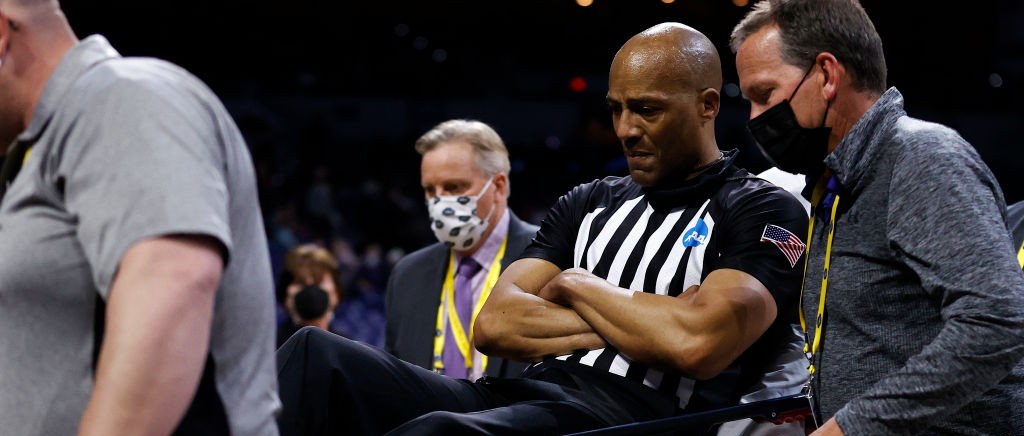

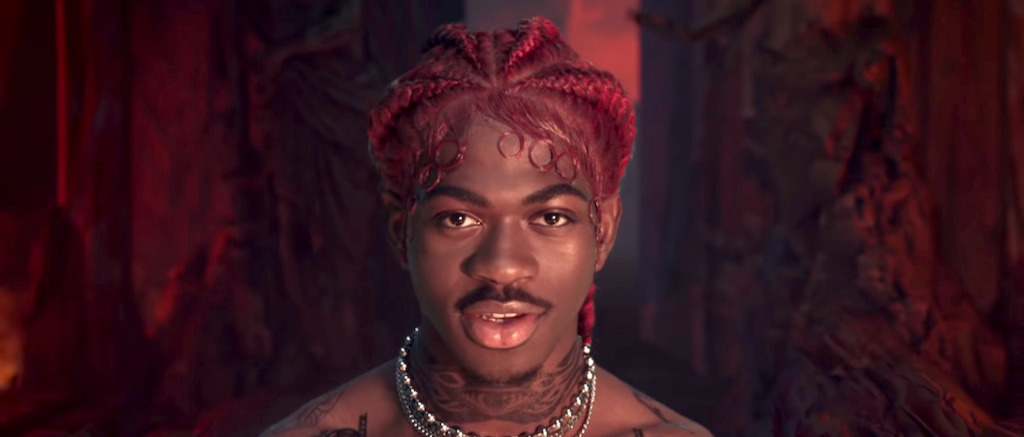



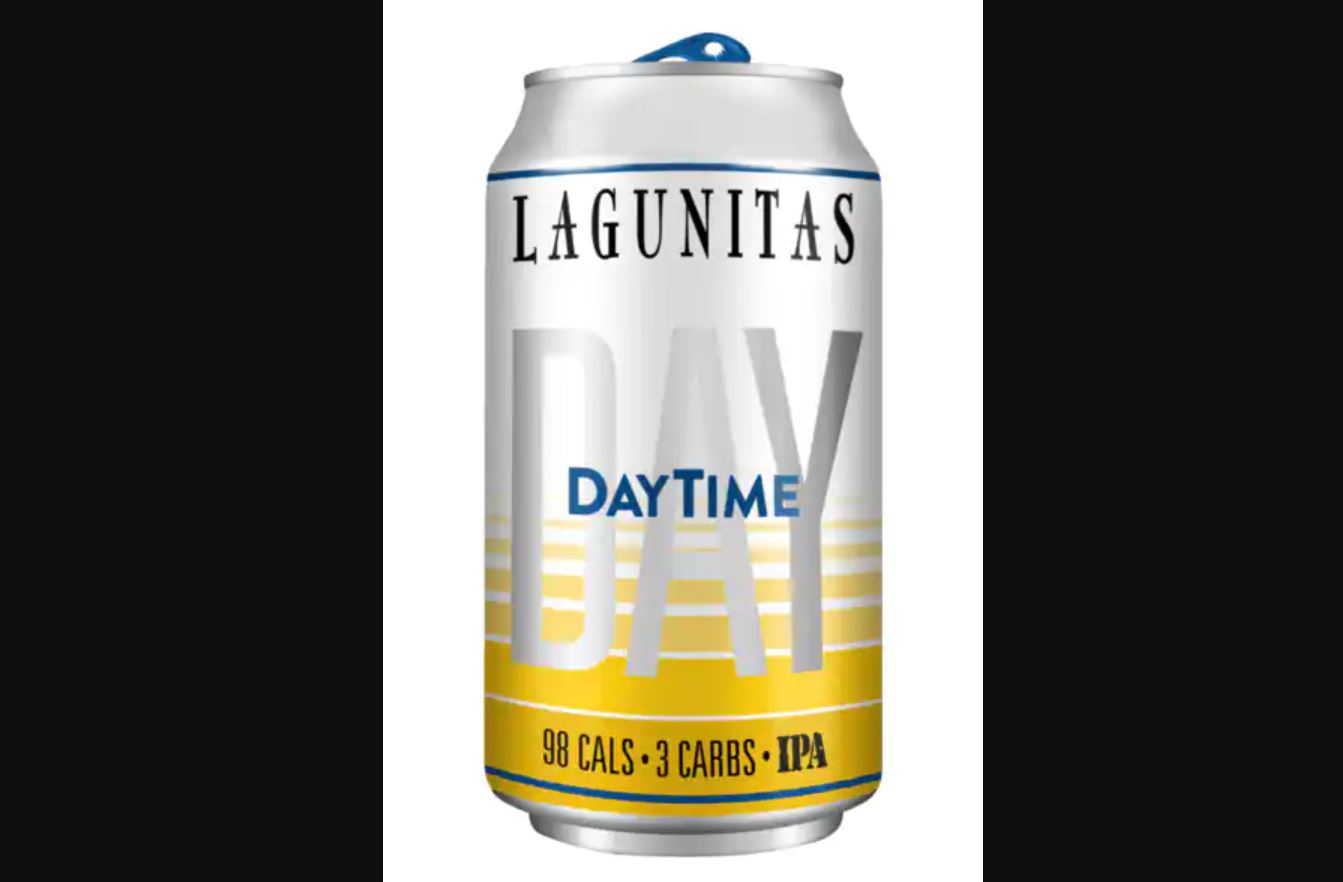

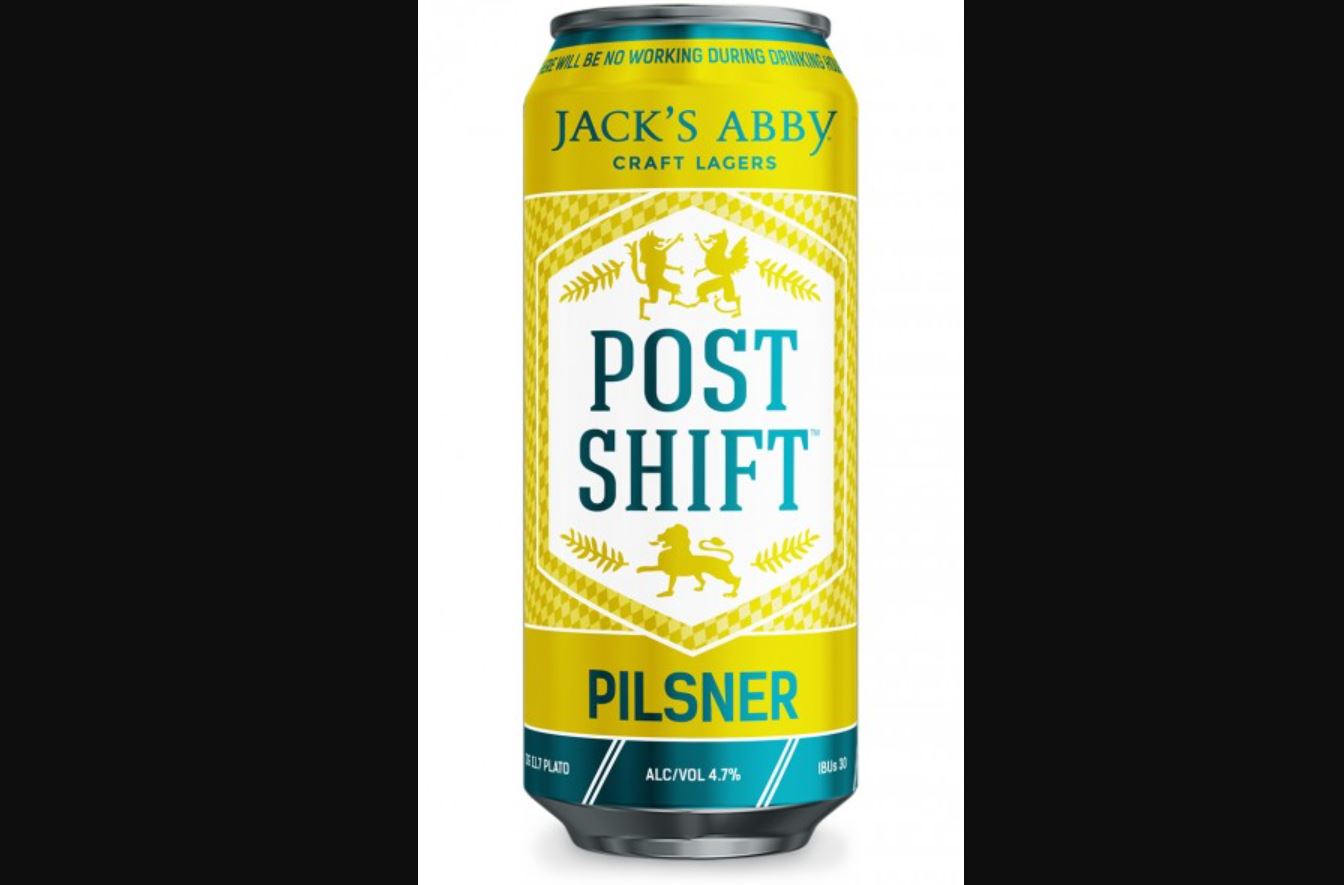

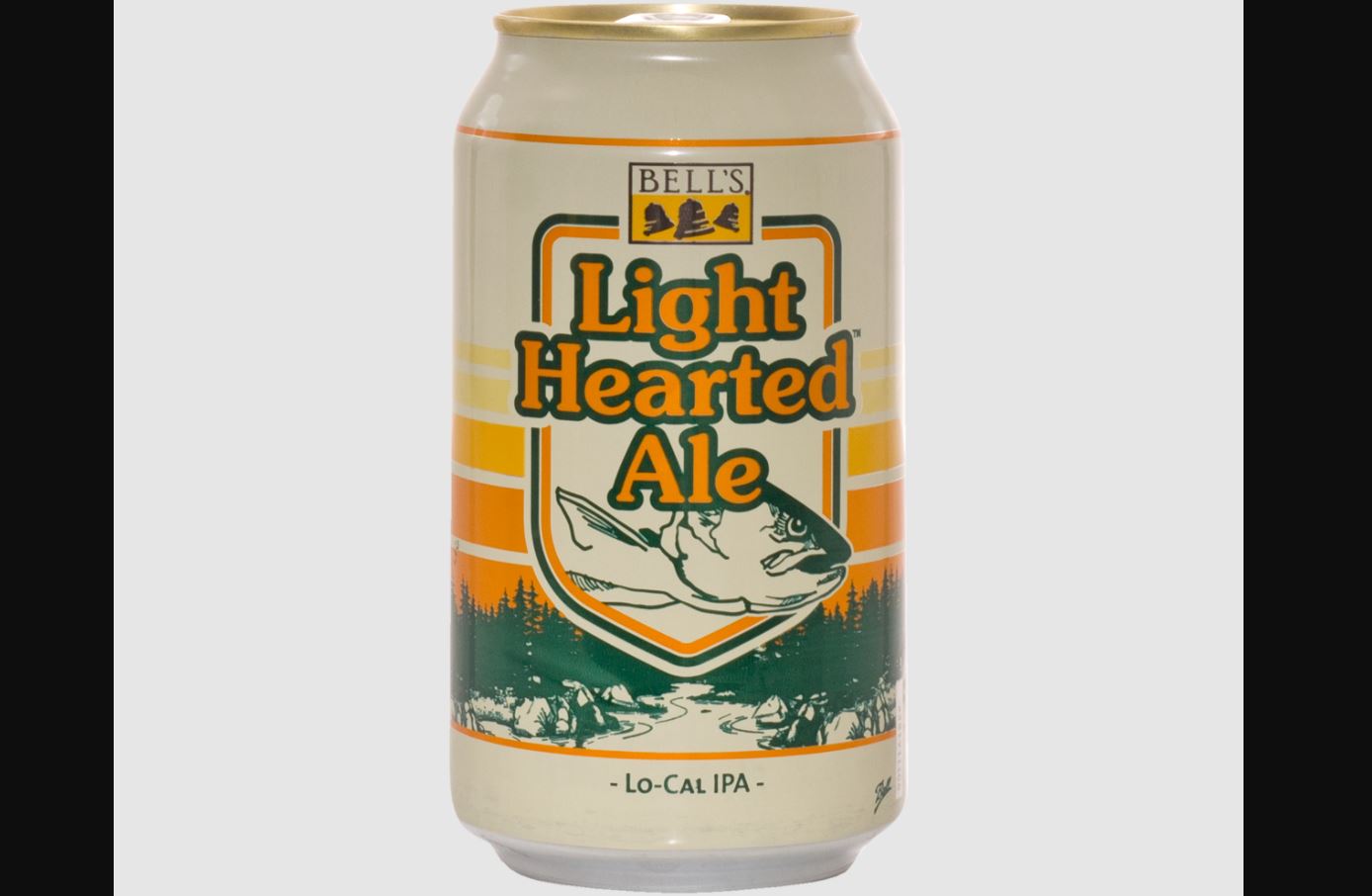
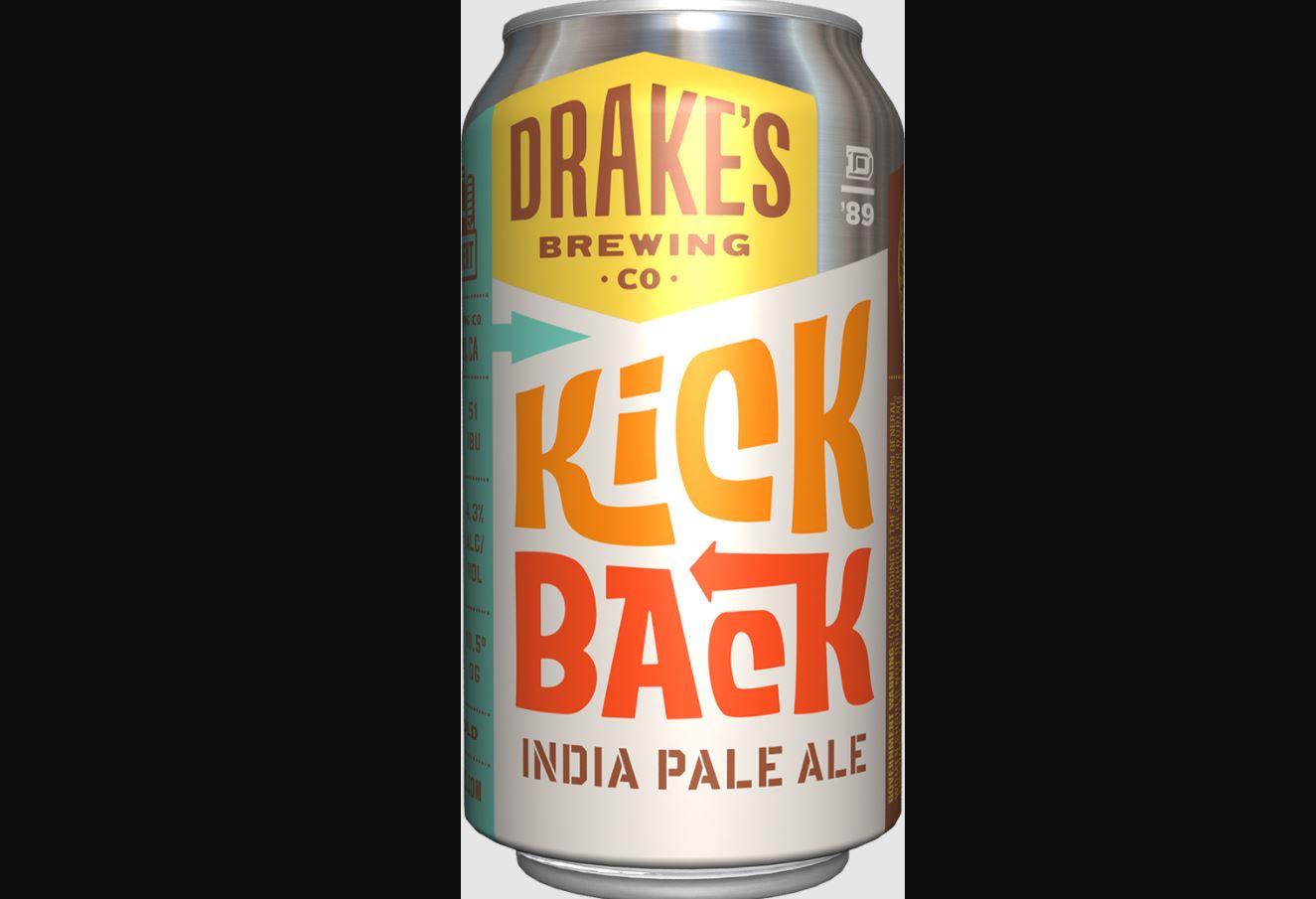
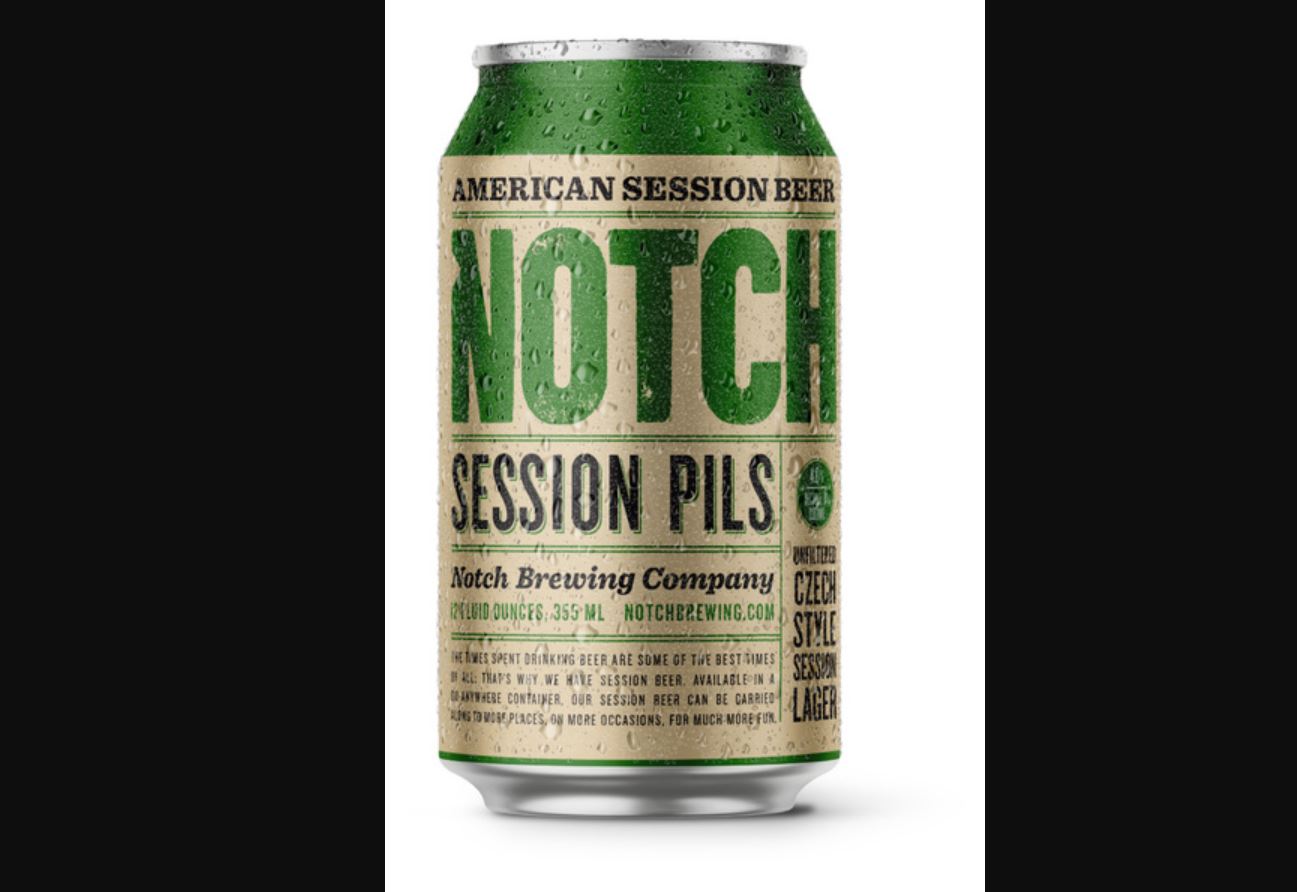



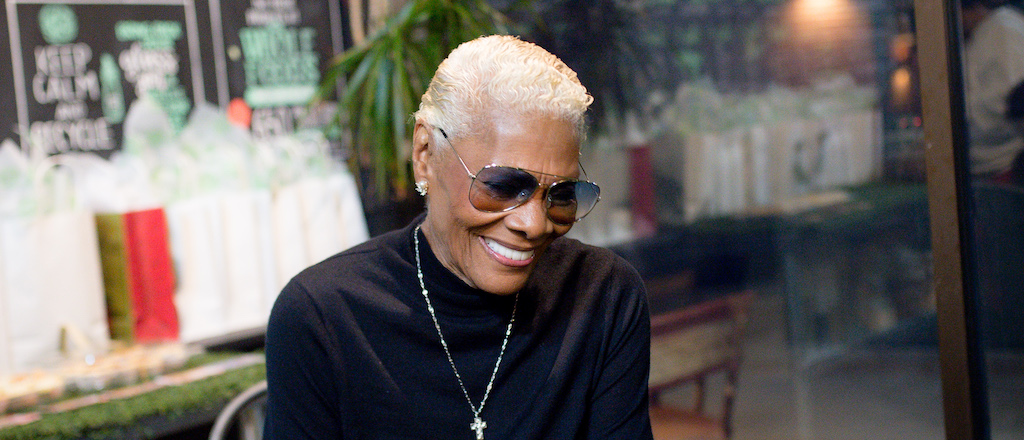

 (@1992_rp)
(@1992_rp) 